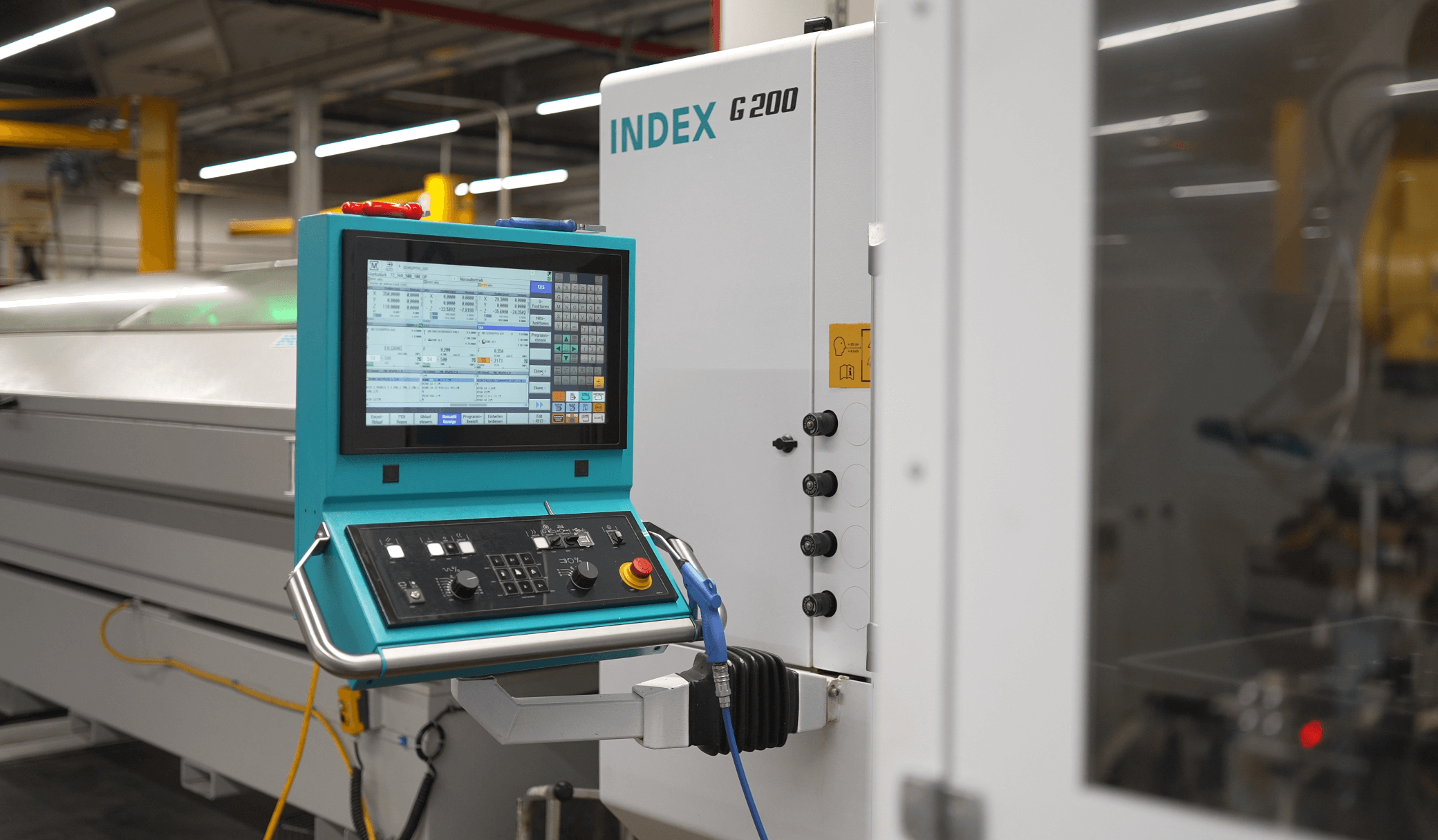Artificial intelligence (AI) applies machine learning to enable systems to learn and improve from experience automatically, without explicit programming. Machine learning focuses on the development of computer programs that can access data and use it to learn for themselves.
Instead of repairing or scheduling equipment inspections when failures occur, it is better to predict problems before they occur.
By using time series data, machine learning algorithms can fine-tune predictive maintenance systems to analyze failure modes and predict possible problems. Machine learning algorithms collect and process sensor data on parameters like humidity, temperature, and density, enabling accurate predictions of equipment failures.

According to the prediction goals, such as the remaining time before failure, obtaining failure probability or abnormality, etc., there are several machine learning models that can predict equipment failures
1.Regression model for predicting remaining service life (RUL). Using historical data and static data, this type of method can predict how many days are left before a failure.
2. A classification model used to predict failures within a predetermined period of time. In order to define when the machine will fail, we can develop a model that will predict the failure within a defined number of days.
3. The anomaly detection model can mark equipment. This method can predict failures by identifying the difference between normal system behavior and failure events.
The main benefits of predictive maintenance based on machine learning are accuracy and timeliness. Proactively detecting abnormalities in production equipment and analyzing their nature and frequency can optimize performance before failures occur.
To precisely monitor and predict your machine repair needs, plan maintenance intervals and use predictive maintenance. It minimizes machine downtimes in the manufacturing industry. For more information contact us here.


